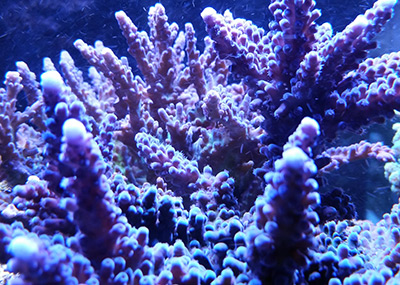With the introduction of more aquaculture and mariculture facilities, there has been a boom in specimens available at the local fish stores these days. But I will say for certain that if you can get a frag from a successful hobbyist, those tend to be even more robust and better able to tolerate the variations in water parameters for a beginner. If I had to rank in order the preference of livestock sources, it would be the following:
- Local successful hobbyist/local fish store aquacultured
- 3rd party aquacultured
- 3rd party maricultured
- Wild specimens
- Domesticated specimens by local sources tend to be less likely to carry pests and are more robust. As you move down the list, the survivability depends on how long the specimens are being held and the care they have been receiving. But as with anything, the safe practice of quarantining and/or at least dipping for pests is still recommended no matter who you get them from. It only takes one event to infest your system.
The hardiest Acropora species
I have had tend to belong to the following light-loving species that can handle strong 10,000-20,000 Kelvin lighting:
- Acropora yongei (i.e. Bali Green Slimer)
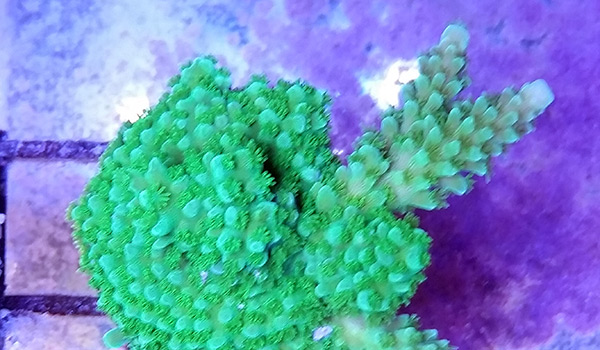
- Acropora formosa
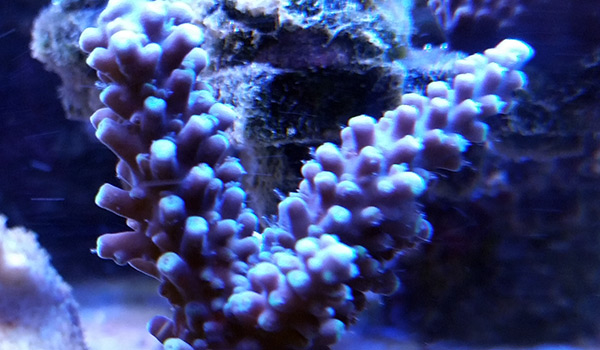
- Acropora microphthalma (i.e. ORA Scripps Green Tip Staghorn)
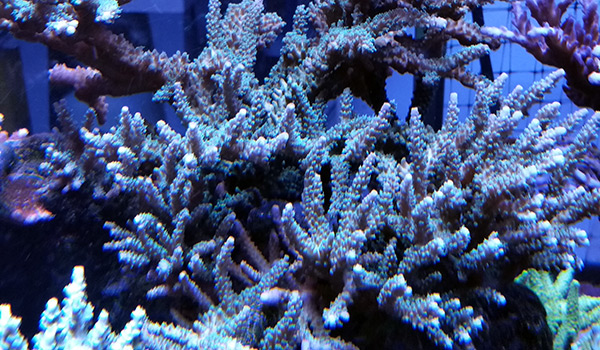
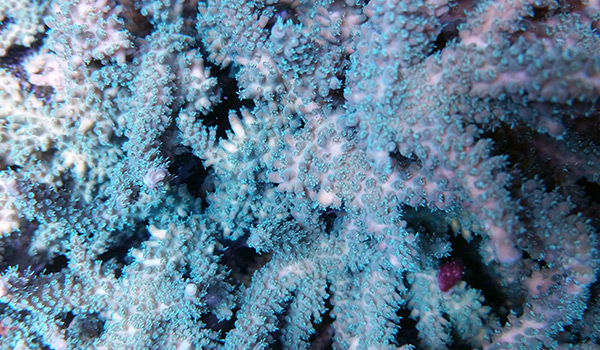
- Acropora hyacinthus (i.e. ORA Red Planet)
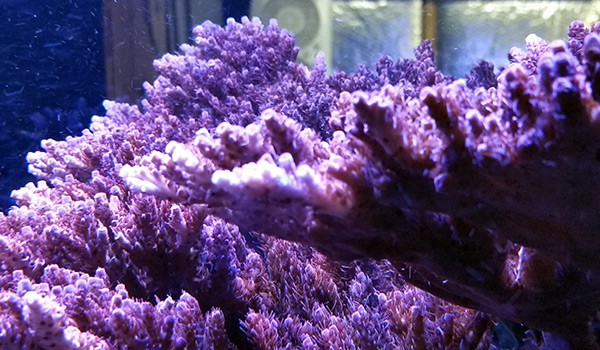
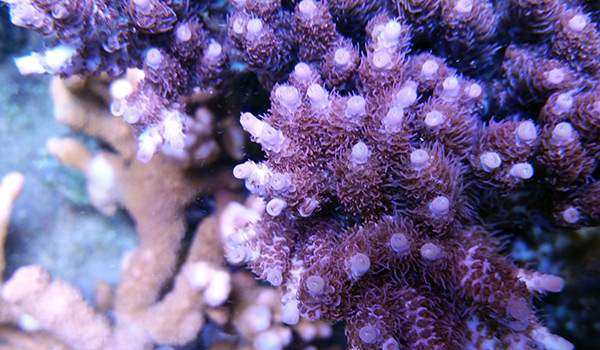
- Acropora millepora
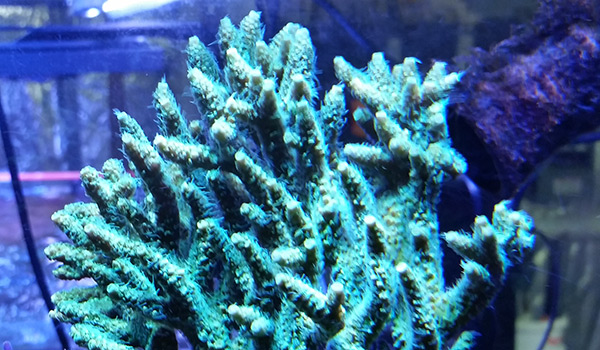
- Acropora prostrata [editor’s note: The World Register of Marine Species lists A. prostrata as a synonym for A. millepora]
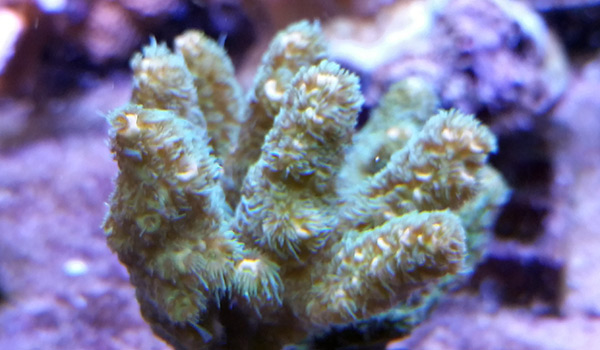
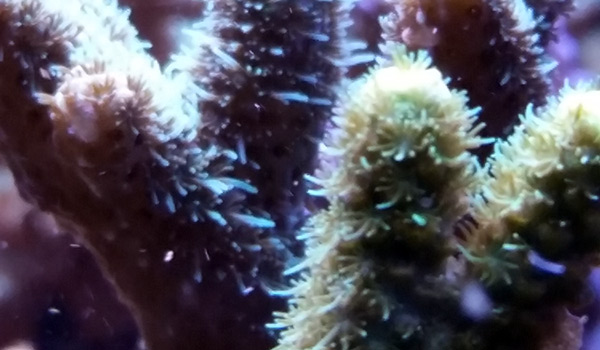
- Acropora spathulata (i.e. Aussie Dragon Scale)
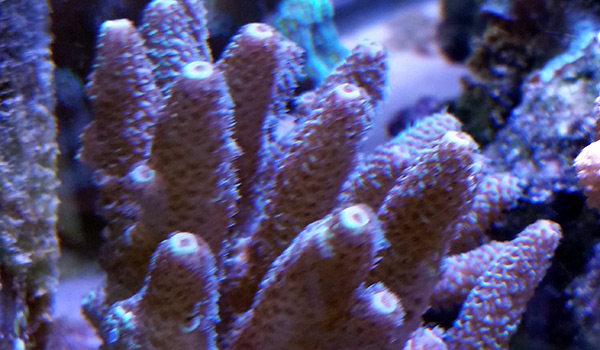
- Acropora tortuosa (i.e. Miyagi Tort and Cali Tort)
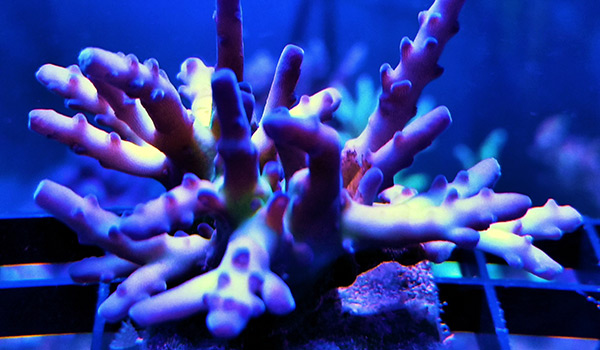
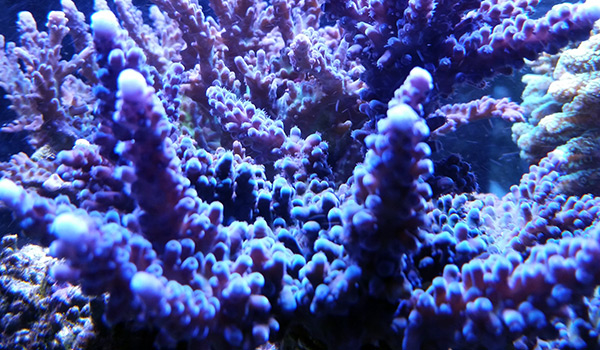
- Acropora tenuis
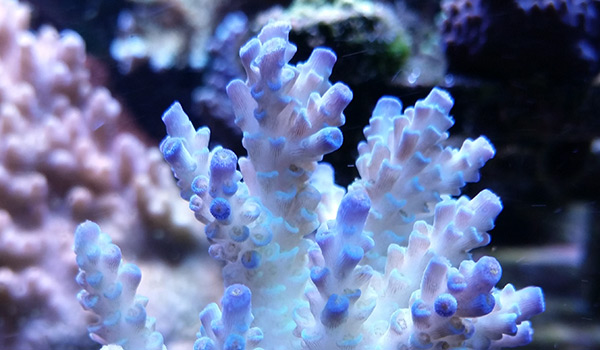
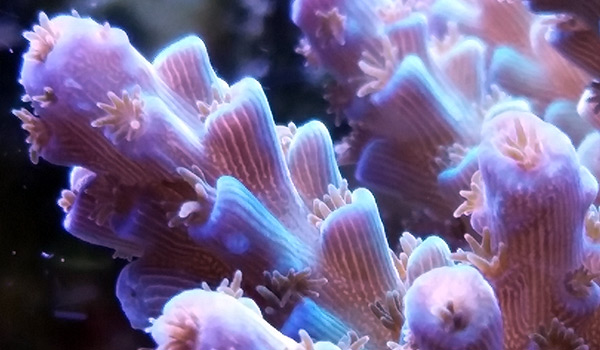
- Acropora microclados (i.e. Strawberry Shortcake)

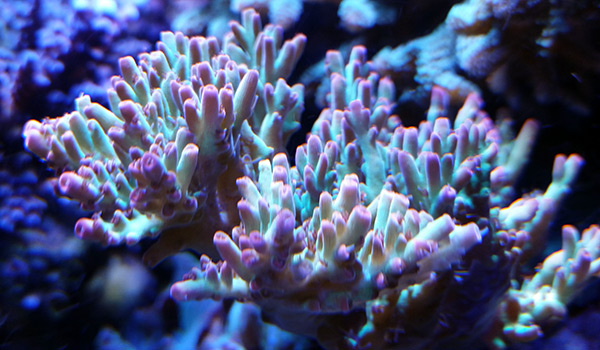
Deepwater Acropora species
If you have less-intense lighting, some of the deepwater types can be tried, but they can be more sensitive than some of the light-loving species mentioned above.
The problem I initially experienced was determining how much light was enough, since deepwater/smooth-skin types will tend to bleach and RTN a lot easier than the others listed above. I’m not sure why, but my experience is that they tend to be more sensitive. If you are using primarily Blue T5HO, then it may not be a problem. One of the local hobbyists specializing in only deepwater species just had Blue and Actinic T5HO bulbs and everything grew like a charm, so lighting was the main difference between these two groups.
Some deep water/smooth-skin types that are commonly available:
- Acropora suharsonoi
- Acropora caroliniana
- Acropora multiacuta
- Acropora granulosa
- Acropora lokani
- Acropora derawanensis
- Acropora elegans
- Acropora echinata
- Acropora pichoni
- Acropora batunai
- Acropora jacquelineae




